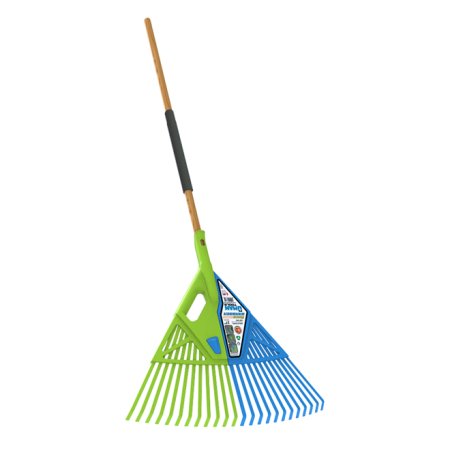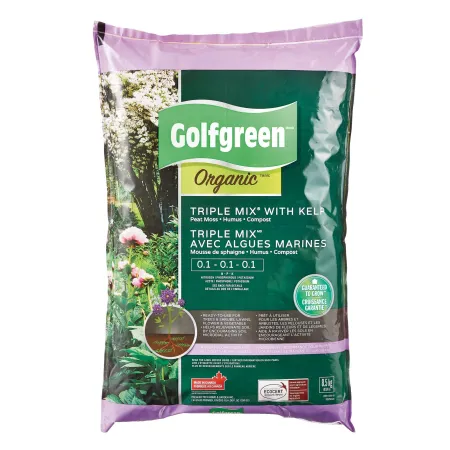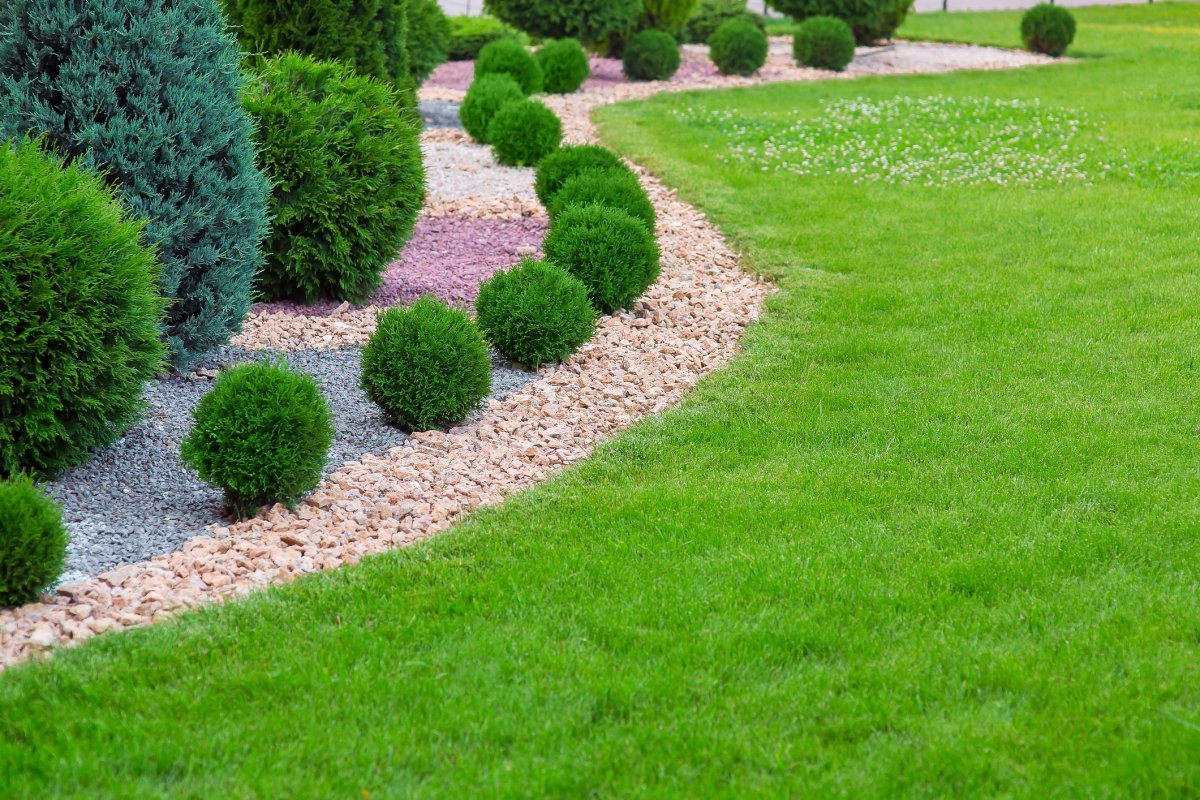The Curator independently decides what topics and products we feature. When you purchase an item through our links, we may earn a commission. Promotions and products are subject to availability and retailer terms.
With the first day of spring just around the corner, many homeowners are counting the days until they can get outside and begin preparations for a lush, green lawn.

To help you get that grass into great shape, we consulted with three horticulturalists from the University of Alberta Botanic Garden for some tips on creating an impressive suburban greenspace this summer.
“I think for your average lawn, the first thing you want to do is get that rake out and dethatch it. That would be my recommendation,” says Barry Greig, of the University of Alberta Botanic Garden.
The team also advised raking up dead brush or tree limbs that may have fallen among shrubs and along edges during the winter months. Colleague Len Chambers says once the yard is cleared, assess for any winter-kill, areas of grass killed off by exposure to cold conditions.


Once the grass begins to grow, U of A horticulturist Duncan Giedelhauf suggests checking for salt damage around the edges of driveways and sidewalks. If salt has been sitting on top of the ground all winter, grass will have difficulty taking root.
“In May, when your lawn starts to green up, if the edges of your lawn aren’t green, it’s probably salt damage. You’ll want to give it a good soak to rinse that off,” says Giedelhauf.

The joy of seeing those first blades of grass pop up is often tempered by the next lawncare issue — those pesky weeds.
There are a number of solutions to the problem, but the No. 1 recommendation from the U of A team is to consult your local municipality if considering using herbicides.
“Check with local provincial or municipal regulations or bylaws about what you can use for weed control,” says Giedelhauf.
While weeds like dandelions are mostly nuisances, some are classified as noxious in each province. For example, Ontario and Manitoba maintain noxious weed lists. There may be specific instructions for discarding certain weeds, says Giedelhauf. They may need to be discarded in a trash bag rather than thrown into a leaf bag or compost. He recommends checking the laws in your local area.
If you prefer an environmentally friendly way of controlling weeds, the team recommends either hand weeding, if you’ve got a small city lot, or using a stand-up weeder for a larger area.



Homeowners may also want to apply some fertilizer, says the U of A team. They recommend users check with local landscape experts for which ones should be used, depending on soil conditions.
Chambers also warns against over-fertilizing.
“With fertilizer, you’ve got to be careful with it. If you overdo it, then you burn your grass.”

Once everything is prepared, many people opt to add soil and grass seed to their lawn to improve patchy spots. Chambers recommends spreading a thin layer of topsoil, then sprinkling grass seed over the existing grass and then irrigating after that.
“That overseeding will help to pick up the growth if it’s a bit sparse.”
Chambers suggests a garden mix soil, and for most lawns, to avoid a soil with heavier clay content, as it can weigh down lawn and prevent growth.
“A garden mix soil is basically one third soil, one third peat and one third sand,” he says. Heavier soil with clay should be reserved for a base before putting turf on top, says Chambers.
“You don’t want to put clay on top of new growth.”



When choosing how to fertilize, seed and care for your developing lawn, it’s important to remember that there are many grass varieties in Canada, and they can differ depending on plant hardiness zone in Canada.
Common grasses included in seed mixes include bluegrasses (Kentucky bluegrass or Canadian bluegrass), or ryegrass and fescue. You may want to investigate which type of grass makes up most of your yard.
“Grass varies quite a bit,” says Chambers. “Look up what works in your specific area.”





Comments